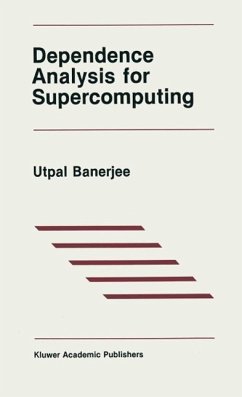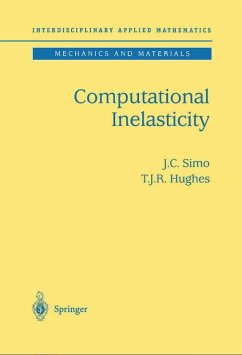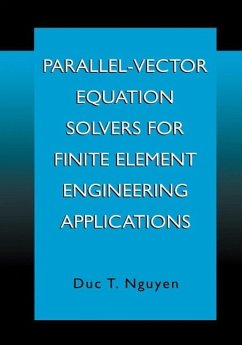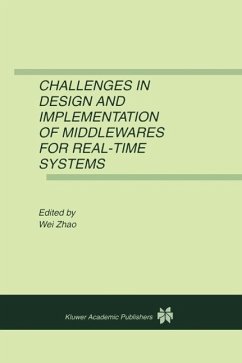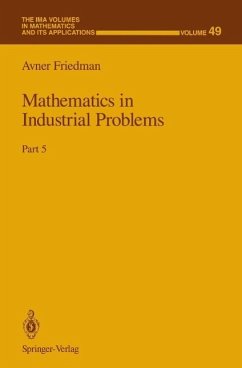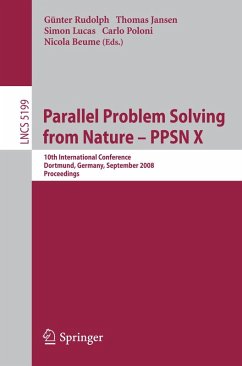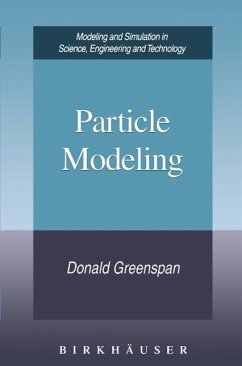
Problem Solving with Fortran 90 (eBook, PDF)
For Scientists and Engineers
Versandkostenfrei!
Sofort per Download lieferbar
40,95 €
inkl. MwSt.
Weitere Ausgaben:

PAYBACK Punkte
20 °P sammeln!
This book provides students with an introduction to Fortran 90, one of the most powerful and flexible programming languages for scientific computation available today. The author shows how using computers and Fortran 90 it is possible to tackle and solve a wide range of problems as they might be encountered in engineering or in the physical sciences. Following a brief introduction to computing in general, the author presents a thorough guide to problem-solving and algorithm design using pseudo-code to develop an understanding of the steps that need to be taken to solve a particular problem. Su...
This book provides students with an introduction to Fortran 90, one of the most powerful and flexible programming languages for scientific computation available today. The author shows how using computers and Fortran 90 it is possible to tackle and solve a wide range of problems as they might be encountered in engineering or in the physical sciences. Following a brief introduction to computing in general, the author presents a thorough guide to problem-solving and algorithm design using pseudo-code to develop an understanding of the steps that need to be taken to solve a particular problem. Subsequent chapters introduce the main features of Fortran 90 motivated by particular ideas and tasks that are typically found in science and engineering
Dieser Download kann aus rechtlichen Gründen nur mit Rechnungsadresse in A, B, BG, CY, CZ, D, DK, EW, E, FIN, F, GR, HR, H, IRL, I, LT, L, LR, M, NL, PL, P, R, S, SLO, SK ausgeliefert werden.



